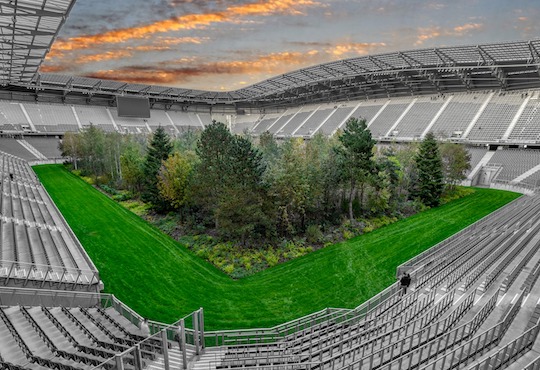As the environmental crisis accelerates, contemporary artists have taken up the mantle of addressing the precarious present.
The art world has been making up for lost time in recent years, its overdue compensation crescendoing in the past six months, when more than a dozen exhibitions explicitly confronting climate change have been on view in cities from Santa Fe, N.M., to Singapore. What happened? Maybe it was the election of Donald Trump. Maybe it was the rise of extreme weather events in art world bastions — the flooding of downtown Manhattan in 2012 during Hurricane Sandy that had dealers bailing out their gallery basements, or the ongoing wildfires that have forced evacuations in Los Angeles. Whatever the reason, support for environmentally conscious art is surging.
Yet more of anything is not necessarily good, especially not at a moment when unchecked production and conspicuous consumption spell planetary demise.
But alongside the inevitably facile attempts — paintings of burning forests, icebergs melting away in urban squares, clumps of dead sea grass pinned to gallery walls, alarmist works that function as little more than propaganda — something else has emerged: a new, sometimes inadvertent form of protest art, one that avoids agitprop and in that way subverts ideas of what protest art should do and can be.
Read full article How Should Art Reckon With Climate Change? at nytimes.com

